What is a Reflector Telescope? Reflecting Light on to the Truth
-
BiGGie
- NightSky
- No Comments
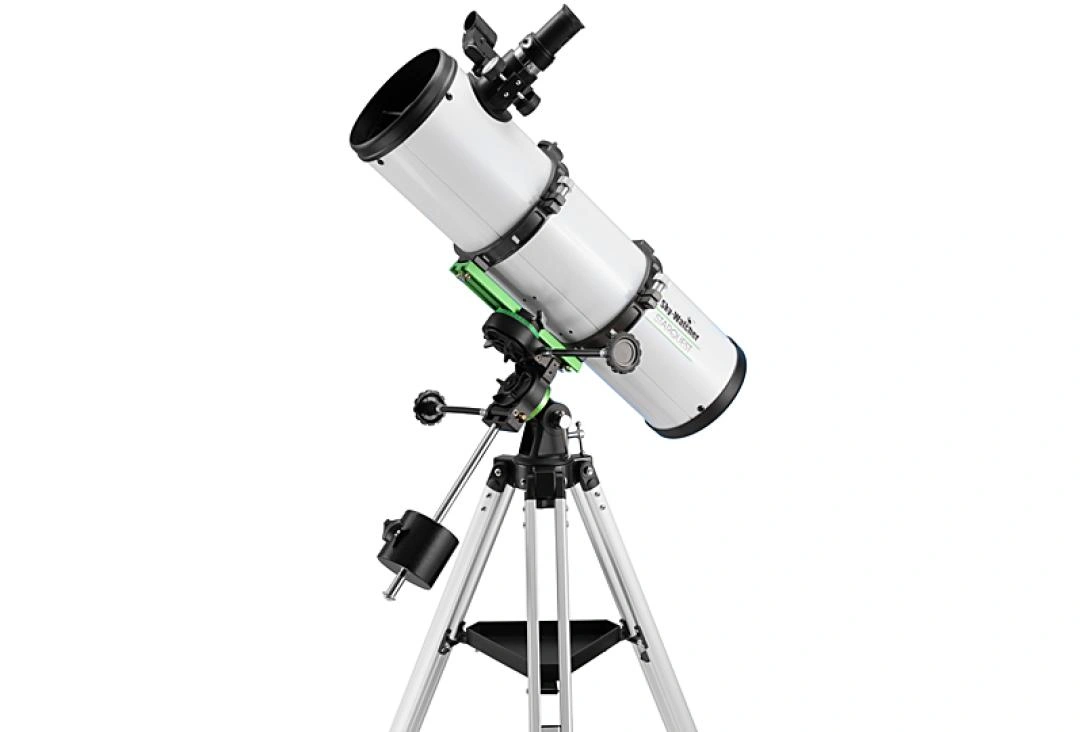
Table of Contents
EIntroduction
Gazing at the night sky, you might wonder how to see distant planets and stars in greater detail. For many, the answer is the reflector telescope. Unlike telescopes using lenses, reflector telescope tubes use primary mirrors—and parabolic ones, to be exact—to become powerful tools for cosmic exploration.This guide explains a reflector telescope, how it works, and why it's an excellent choice for stargazing. Whether beginner or experienced, understanding these Newtonian telescopes unlocks a universe of possibilities.
Understanding Reflector Telescopes: A Stargazer's Guide
How Do They Create the Image
Reflector telescopes use mirrors to gather light. The primary mirror, at the bottom of the tube, captures as much light as possible. Light entering through the aperture hits the primary mirror and reflects to a secondary mirror. This smaller mirror redirects light to the eyepiece, magnifying the image. The physics involves precisely curved mirrors focusing light to a single point where the eyepiece lens provides the final magnified view.
Key Components of a Reflector Telescope
Key components include the main tube, mount, tripod, and finderscope. Inside the tube, rest the mirrors, blocking stray light. The mount supports the tube, allowing you to aim at different areas of the sky. Alt-Azimuth mounts move the telescope up/down and left/right, while Equatorial mounts align with Earth's axis for easier tracking. A stable tripod keeps the reflectors steady. The finderscope, a small telescope on the body, helps locate objects.
Collimation Explained
Collimation aligns the mirrors in a telescope with a reflector optic for correct focus. An uncollimated reflector telescope produces blurry images. Misalignment occurs from bumps or temperature changes. Collimation is straightforward with tools like a collimation cap. Regular collimation ensures the best reflector telescope performance.
Reflector vs. Refractor Telescopes: A Detailed Comparison
How Refractor Telescopes Work
Refractor telescopes use lenses to gather light. The objective lens at the front collects light from distant objects. Light passes through the objective lens and converges at a focal point, where the image forms. The eyepiece lens magnifies this image. Light travels straight through a refractor telescope, making it simple.
Objective Lens: The Heart of Refractor Telescopes
The objective lens is key to a refractor telescope, gathering light and focusing it sharply. Larger objective lenses gather more light for brighter images. Some use multiple glass pieces to correct aberrations, like chromatic aberration.
Image Quality and Chromatic Aberration
Chromatic aberration is a challenge for refractor telescopes. Different light colors bend differently, passing through the objective lens, causing colored fringes. Telescope makers use special glass and designs to minimize this. Apochromatic refractors use multiple lens elements for sharper, color-correct images.
Brightness and Image Sharpness
Reflecting telescopes often have an advantage in brightness and sharpness over similarly sized refractors. Mirrors avoid chromatic aberration, creating sharper, color-correct images. Large reflector telescopes are more cost-effective than large refractors. However, refractors excel at high contrast and are suitable for viewing planets and the Moon. Atmospheric conditions and optics quality also affect image quality.
Different Types of Reflector Telescopes: An Overview
Newtonian Telescopes
The Newtonian telescope is an ordinary reflector telescope. It has a parabolic primary mirror and a flat secondary mirror directing light to the side where the eyepiece is. Newtonian telescopes are simple, have large apertures, and are low-cost. They are suited for faint, deep-sky objects. However, they can be bulky and need a higher mount.
Dobsonian Telescopes
The Dobsonian telescope is a Newtonian variation with a simple wooden alt-azimuth mount. Dobsonian telescopes are easy to use and have large apertures, making them great for beginners. Their simple design provides excellent value. Dobsonian telescopes excel at visual observation of faint objects.
Schmidt-Cassegrain Telescopes
Schmidt-Cassegrain telescopes (SCTs) are compact reflector telescopes using mirrors and lenses for a long focal length in a short tube. SCTs have a spherical primary mirror, secondary mirror, and corrector plate. SCTs are versatile, portable, and produce sharp images. They are suited for planetary, deep-sky, and astrophotography. SCTs are more expensive, but their size and versatility make them popular.
Pros and Cons of Reflector Telescope Tubes
Pros
These kinds of telescopes are cost-effective; they are less expensive than refractors for a given aperture. They offer large apertures for gathering more light, producing brighter images of faint objects. Reflector telescopes avoid chromatic aberration, providing sharper images. This makes them great for observing nebulae and galaxies.
Cons
Reflector telescopes have drawbacks. Due to secondary mirror supports, diffraction spikes may appear around bright objects. Regular collimation is needed for optimal image quality. The open reflector telescope tube design makes them susceptible to dust and air currents. Also, reflector telescopes can be less portable.
Tips for Choosing Your First Reflector Telescope
Aperture: The Key to Light Gathering
Similar to any other telescope, the aperture is essential when going for a telescope with mirrors. The diameter of the primary mirror determines how much light the telescope gathers. Larger apertures show fainter objects with finer details. A 6—to 8-inch reflector telescope is a good starting point, balancing light gathering, portability, and cost.
Mount Type: Stability and Tracking
The mount supports the reflector telescope tube and allows you to aim it. Alt-Azimuth mounts are simple but require manual tracking. Equatorial mounts track objects with a single knob. For astrophotography, an equatorial mount is essential. Computerized mounts make finding and tracking objects easier.
Portability: Consider Size and Weight
Consider portability when choosing a reflector telescope, especially if you want to travel to dark locations. Reflector telescopes can be large and heavy, so choose a manageable model. Dobsonian telescopes are portable and disassembled quickly.
Budget: Balancing Quality and Cost
Set a realistic budget. Reflector telescopes range from hundreds to thousands of dollars based on aperture, mount, and features. Balance your budget with your goals. Beginners should start with smaller, less expensive tubes with mirrors.
What to Expect When Stargazing with One?
Upside Down Pictures: Understanding Image Orientation
While bent over trying to match your eyes with the eyepiece to search the blackened canvas of the night sky behind these telescopes, images appear upside down due to the mirrors. This doesn't affect image quality but takes getting used to. Erecting prisms corrects the image for terrestrial viewing but isn't needed for astronomy.
Eyepiece Lens: Magnification and Field of View
The eyepiece lens is what you look through. Different eyepieces offer different magnifications and fields of view. Higher magnification eyepieces detail small objects like planets, while lower magnification eyepieces provide a wider view of nebulae. Have multiple eyepieces for different objects.
Target Selection: What to Observe
These mirror-powered telescopes can observe all and more! In our solar system, planets like Jupiter and Saturn appear sharp. Nebulae like Orion appear bright. Galaxies like Andromeda appear faint. Star clusters sparkle. The best objects depend on the reflector telescope's aperture and sky darkness.
A Reflector Telescope Minimizes the Light Pollution
Light pollution is a problem for astronomers, scattering artificial light and making faint objects hard to see. Observe from dark locations away from city lights. Use light pollution filters to improve contrast.
Conclusion: Embracing the Reflector Telescope for Astronomical Discovery
In conclusion, a reflector telescope is a powerful tool for exploring the universe. Whether observing planets, nebulae, or galaxies, these massively popular objectfinders offer stunning views. Their cost-effectiveness, large apertures, and lack of chromatic aberration make them great for beginners and experienced astronomers alike. Grab one, find a dark location, and be amazed by the cosmos.
FAQ: Answering the Beaming Questions!
Q: What is a reflector telescope best suited for?
They are best for observing faint, deep-sky objects due to their large aperture and light-gathering ability. However, terrestrial objects are out of the picture, both literally and figuratively. This doesn't mean that they're not visible in the eyepiece. It just means you're going to have a tough time spacing out the content!
Q: How do I maintain a reflector telescope to keep it in top condition?
Maintain a reflector telescope by regularly cleaning mirrors with lens solution and a soft cloth. Keep the tube covered to prevent dust, direct exposure to sign light, and raindrops. Crafting a shed can also go a long way in safeguarding the equipment.
Q: Are telescopes with mirrors a good choice for beginners in astronomy?
Yes, they are great for beginners because they are cost-effective and easy to use. Dobsonian telescopes are known for simplicity and large apertures.
Q: What is collimation, and how often should I collimate my telescope?
Collimation aligns mirrors in not only a reflector telescope but all Newotonian ones, where at least two optics are implemented to direct the light to the eyepiece. Collimation usually turns up when images appear blurry due to use or equipment displacement.
Q: Can I use a reflector telescope for astrophotography, and what equipment do I need?
Yes, it's possible to gear them up for astrophotography with a camera adapter, T-ring, and equatorial mount for tracking. However, the beauty is in the details, as astrophotography, standalone, is a game of patience, many tryouts, and a tedious streak of unlucky events!
Q: How does the reflector telescope tube affect performance?
The long tube protects mirrors from stray light and dust, which degrade image quality.

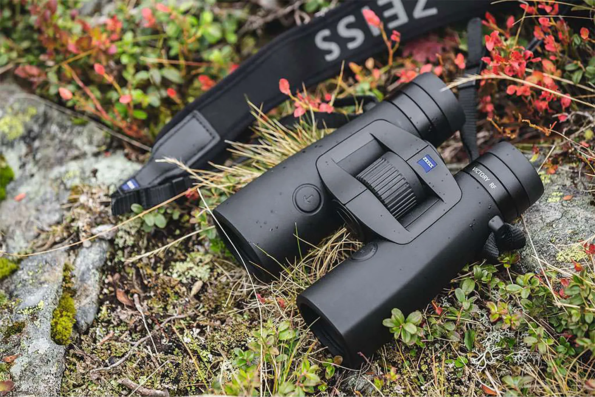
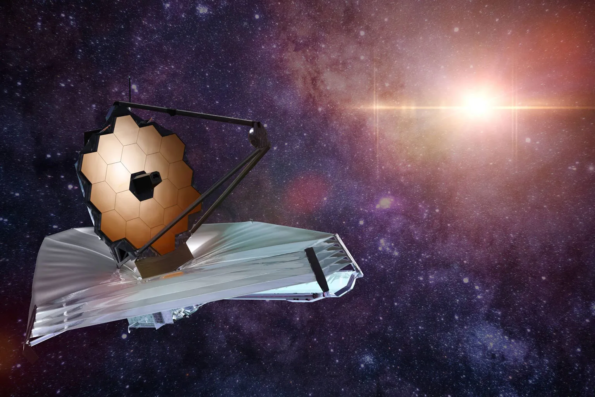

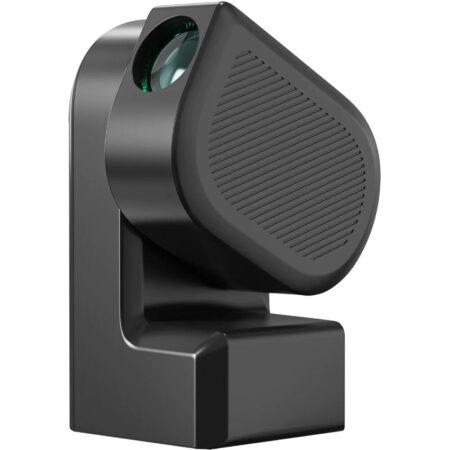
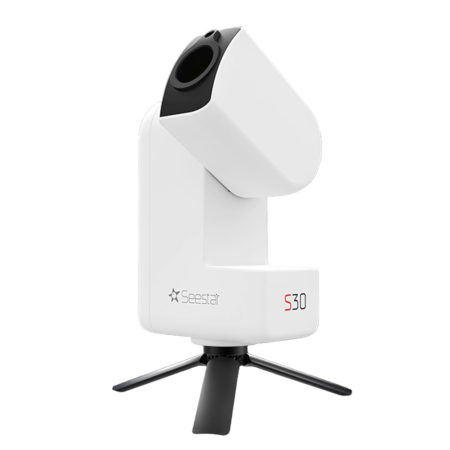
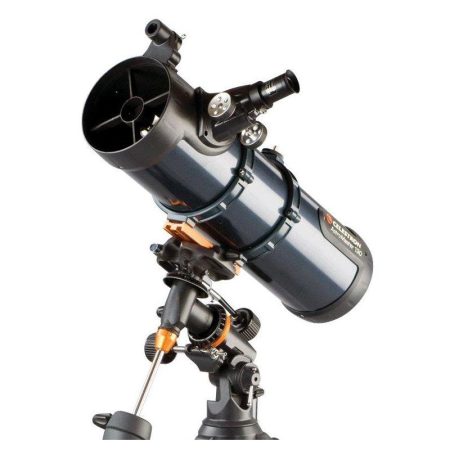
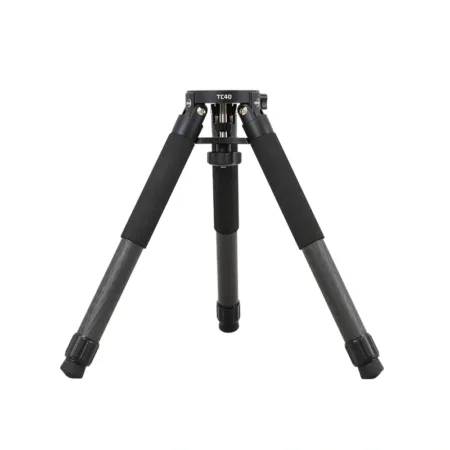
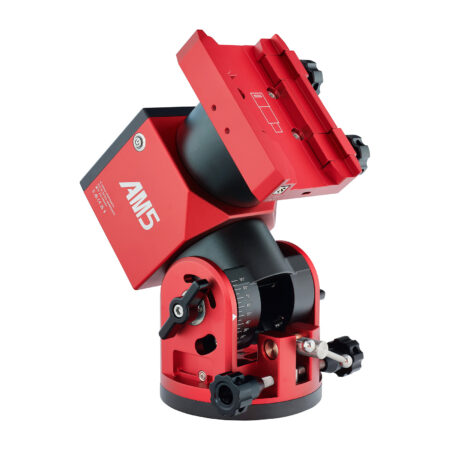
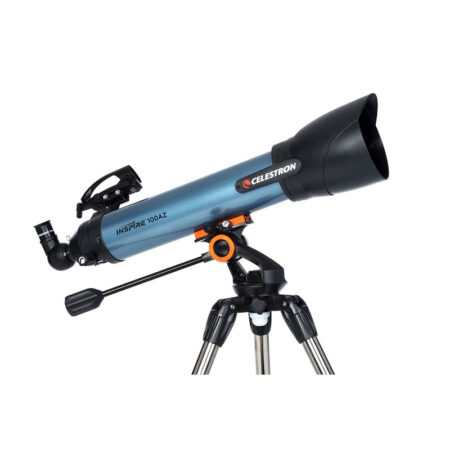
No Comments